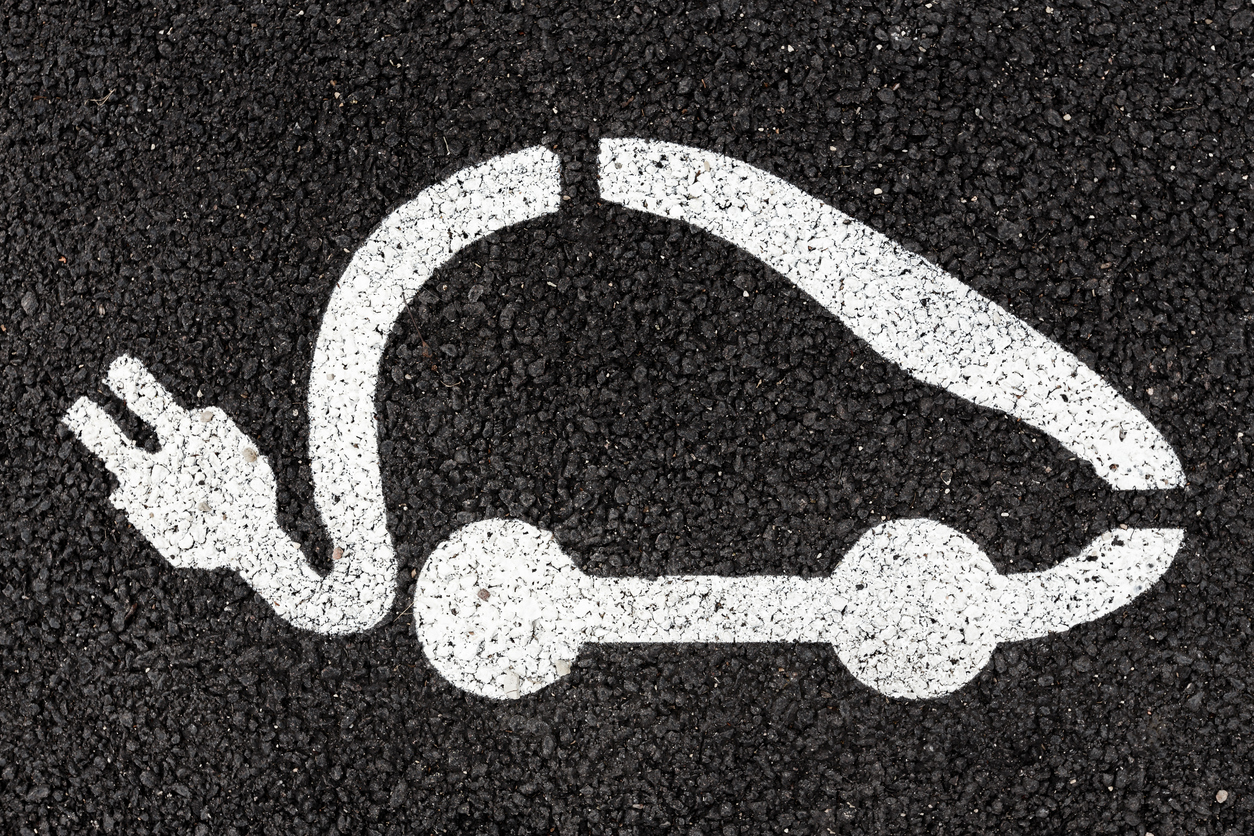More electric cars on EU roads by 2030

CO2 emissions from new cars should be cut by 45% by 2030 and market uptake of zero – and low- emission vehicles should accelerate.
Environment Committee MEPs proposed setting a higher target for reducing EU fleet-wide emissions for new cars by 2030: 45% (compared to the EU Commission’s 30%) with an intermediate target of 20% by 2025. The draft legislation also sets similar targets for new vans.
Manufacturers whose average CO2 emissions exceed these targets will pay a premium to the EU budget, to be used, inter alia, for up-skilling workers affected by changes in the automotive sector, MEPs agreed.
Carmakers will also have to ensure that zero- and low- emission vehicles – ZLEVs – (which emit less than 50g co2/km) have a 40% market share of sales of new cars and vans by 2030, and 20% by 2025.
Real-driving emissions
Within two years, the EU Commission should table plans for a real-world CO2 emissions test using a portable device, like that recently introduced for NOx. CO2 emissions must meanwhile be measured on the basis of data from the cars’ fuel consumption meters. The real-driving emissions test must be up and running from 2023, say MEPs.
Social impact of decarbonisation
MEPs acknowledge that a socially-acceptable and just transition towards zero-emission mobility requires changes throughout the automotive value chain, with possible negative social impacts. The EU should therefore promote skill formation and reallocation of workers in the sector, particularly in regions and communities most affected by the transition. MEPs also advocate support for European battery manufacturing.
Labelling
By end 2019, the EU Commission will have to propose legislation to provide consumers with accurate and comparable information on the fuel consumption, CO2 and pollutant emissions of new cars.
Miriam Dalli (S&D, MT), rapporteur, said: “The decisive vote in the Environment Committee represents a commitment to start tackling the fight against climate change seriously.….This is an opportunity to inject new life into the EU’s manufacturing sector, investing in innovation and boosting economic growth. With training, re-skilling and up-skilling of workers, the EU can provide its citizens with sustainable quality jobs. ”
